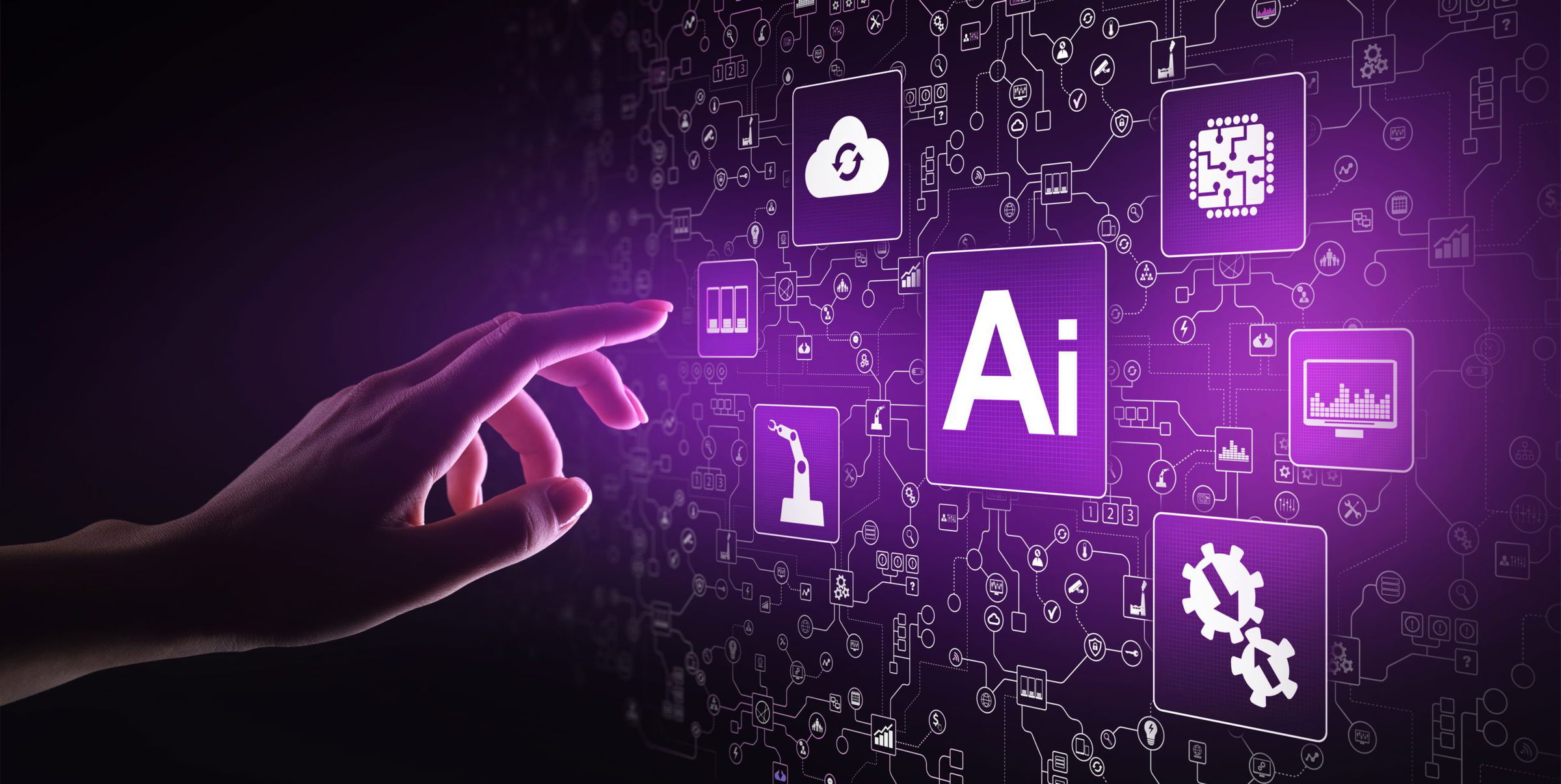In a fast progressing world such as ours, the need for an efficient tool to speed up the process of our work has increased. With that demand came the answer to all our problems, Artificial intelligence (also known as AI).
At this moment in time AI is being used across almost all major industries. A large number of establishments not using AI face being left behind in our extremely competitive economic race.
In this article, we will be shedding light on its advantages in the fashion and advertising industries.
AI and the fashion industry:
AI has established its role in the fashion industry quite firmly. Fashion retailers are going bankrupt due to the lack of importance given to AI. Due to this high demand, each year, the total expenditure on AI in the fashion industry is estimated to reach a whopping $7.3 billion by the end of 2020.
In the fashion industry, where only the top 20% of global brands are considered to be profitable, the need for a tool to maintain their relevancy is immense. It allows easy access to large chunks of data, customer personalization, and various other services which the fashion companies will not be feasible to run without.
AI is used mainly in three areas:
- Apparel design: Due to its ability to collect intricately detailed data sets, fashion companies are using this technology to better satisfy and understand customer needs and also be able to design better clothing from feedback. Zalando which is a German-based fashion platform has been designing its clothes using AI which picks up information depending on a wide set of customer choices which range from the material of clothing to clothing style and color.
- Making manufacturing easy: Fashion trends are fast-changing and there is a need for the pattern of change to be identified. AI is able to do this with ease while also being able to supply the apparel to shelves much faster than a normal retailer. Taking advantage of this, companies can confidently provide immediate service thus gratifying their customers based on their demands and needs. Examples of companies using this are brands such as Zara, TopShop, and H&M.
- Selling merchandise virtually: AI has the ability to break down the walls between the online and in-store shopping experience. This is being done through augmented and virtual reality technology, allowing customers to access apparel online using AR. Certain brands like Tommy Hilfiger are using virtual reality to create virtual pop-up retail stores.
Now you may ask how this works. AI is largely used in the fashion industry in the form of chatbots using which the fashion brand gathers information about the customer’s needs and desires. It has become an indispensable tool and is able to identify the customers fast changing desires.
AI and the Advertising industry:
AI plays a very important role in the advertising industry as well. It is able to identify elements that will resonate with the viewers, creating ads without any human involvement. It is also able to perform audience targeting and ad buying. Major platforms are using AI, taking advantage of its ability to determine if viewers would click on the ad they are being presented with.
It is able to intelligently identify and segment audiences, build ad creative, test variations, improve performance and also optimize spend. It has proven to be advantageous to digital advertising and the careers of marketing experts who plan and run ad companies.
Advertising at scale is something that is tricky and impossible for humans to perform and AI comes in quite handy here. The technology has the unique ability to detect patterns and predict what changes need to be made to a campaign to improve it against its specific KPI. This does not take days, hours, or even minutes but can be done in a span of just a few seconds.
The advantages of AI in advertising are hence as follows:
- Increasing revenue through analyzing data at scale
- Reducing costs by acting on data faster and automatically
- Creating a massive competitive advantage
It plays a key role in real-time advertising, buying, and selling. This is most popularly done with the help of third-party apps like Facebook, Instagram, and Snapchat. These ads are suggested through AI looking at the links that are promoted by the user.
Taking all these facts into consideration it is pretty clear that a career in AI, especially in our day and age has huge scope and its benefits are undeniable! AI is transforming the fashion and the advertising industry as well as many other industries and thus considering artificial intelligence training at this point is a very smart thing to do!





 AI is applicable in every conceivable field & recent advancements are increasing the relevance of AI in every sphere. Here are the top applications of AI:
AI is applicable in every conceivable field & recent advancements are increasing the relevance of AI in every sphere. Here are the top applications of AI:

